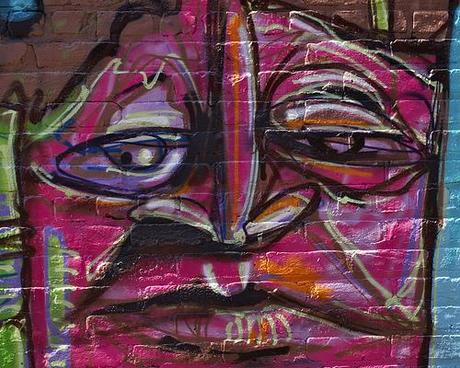
Artists have been at odds with the gallery and museum scenes since Impressionism emerged in the late 19th Century. But the aesthetic potshot heard round the world was undoubtedly Duchamp’s infamous urinal. He took a porcelain urinal, turned it on its side, called it Fountain, and submitted it for display in the 1917 show of the Society of Independent Artists in New York City. The society refused to display it.
Was it art or not? If so, why? Those questions are with us to this day.
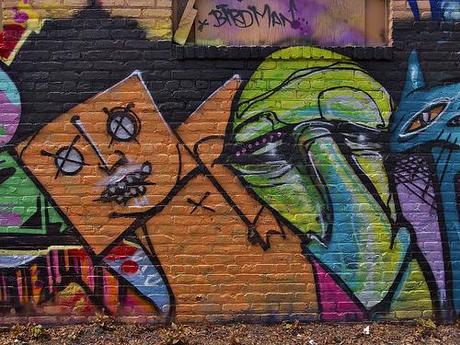
If one is going to declare that Fountain is art, one must give reasons, no? Traditionally those reasons have to do with the intrinsic properties of the art object, that it is beautiful, that it somehow captures the essence of something important and ennobling. But how can that be true of an ordinary urinal? If a urinal can be considered beautiful, and thus worthy of being displayed in an art gallery or museum, then doesn’t that open the way to declaring just about anything to be a work of art?
Is it enough that Marcel Duchamp declares it a work of art? Or, more to the point, is it enough that some art institution declares it to be art? That, the institutional theory of art, emerged during the 1960s. Stop looking at the intrinsic properties of objects. Instead look at the powers of institutions to define what art is; the criteria used by those institutions are, at best, secondary.
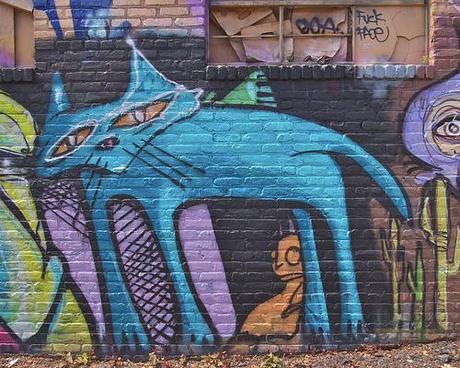
The Impressionists didn’t question the existence of art institutions, but only the aesthetic taste of existing institutions. They wanted to change that taste. Nor, in the end, did Duchamp question those institutions either. Rather, he simply drove a wedge between the institutions themselves, the galleries, art schools, and museums, and the objects they authorized. The objects didn’t have power. The institutions did. That is, if anything, Duchamp’s gesture of mockery and protest served to strengthen the institutions of the art world.
Throughout the 20th Century those institutions have proved willing to authorize an astonishing range of objects and practices. Abstract art, in all its forms, owes its existence to validating institutions. It doesn’t have to look like anything at all in order to be art. If the institutions say it is art, then it is art. The same is true of comic strips and soup cans. Re-inscribed on canvas in exacting detail, these mundane objects become art, pop art. Early in the century, objects such as pots, baskets, ceremonial masks, pieces of clothing and so forth, objects that had been in ethnographic museums as testament to the lifeways of pre-literate peoples, these objects became rebranded as primitive art (see James Clifford, The Predicament of Culture).
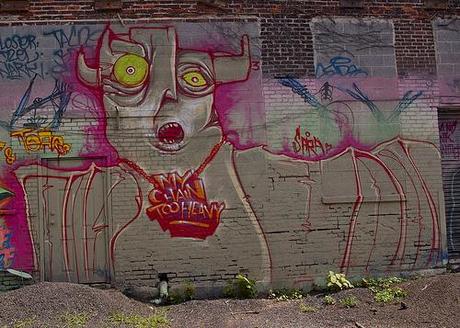
It’s in this context that graffiti becomes particularly interesting. The original graffiti writers had little or no experience with art-world institutions. They didn’t take art lessons, nor visit art museums, much less visit galleries to purchase art works. They existed entirely outside that world.
They didn’t think of themselves as artists. They were writers. Why? Because the put their names of surfaces. They wrote.
Once the art world got wind of graffiti in the early 1970s (see Gastman and Neelon, The History of American Graffiti, 2011, p. 73 passim), of course, it began dancing with it, a dance that continues to this day. Thus the inside cover of 1984’s Subway Art we see a subway car painted with cans of Campbell’s soup, but only is soup of a standard kind, with others goof on the art world or culture in general: Da-Da Soup, Pop Soup, Fabulous Soup, Fred Soup, Futurist Soup, T.V. Party Soup, Tomato Soup, ____ Soup. Fred, the writer who did that car, knew that graffiti writers were being given the hungry-eye by the art world, and he said no you don’t right back. Still, graffiti writers have done and continue to do work on canvas and other traditional media. Some have gallery representation and works in museums. And many of those writers still do “illegals” to keep up their street cred.
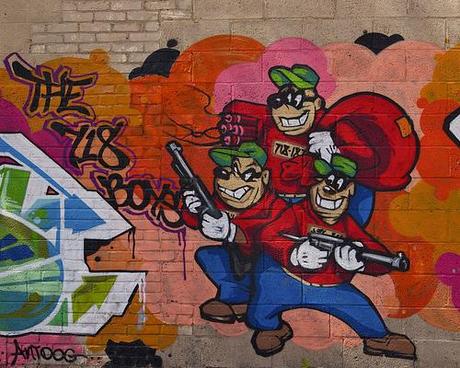
While museums have mounted exhibitions of graffiti, there is no museum dedicated to graffiti nor does graffiti command significant space in the permanent exhibitions of any museums. Writers of all skill levels continue to do illegal work. It’s not slowing down. New York City may have been able to all but eliminate graffiti in the subway system, but graffiti is alive and well on the walls of New York City, and other major and minor cities around the globe.
Graffiti HAS NOT been assimilated by the Borg-like reach of art world institutions. Every other kind of expressive culture has succumbed, but not graffiti. And it’s not for lack of opportunity and temptation. The artBorg want it all. But they’ve not been able to capture graffiti.

Why not?
On that question, see Reading Latour 3: Groups and the Game of Graffiti, in which I ask:
Rather, the question IS more like: Under what circumstances will the illegal nature of an expressive practice tend to foster that practice? What does the existence and persistence of graffiti tell us about the world?Yes, what does the existence and persistence of graffiti tell us about the world today?
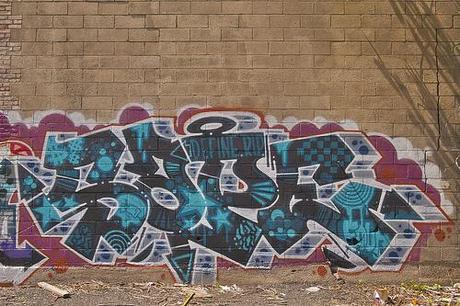
* * * * *
The photos in this post come from an alleyway in Jersey City in the Chilltown’s own “Area 51”, complete with strange creatures from another planet.
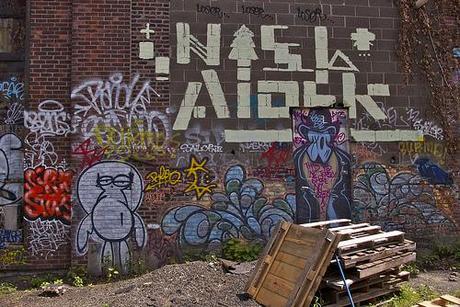 >
>

